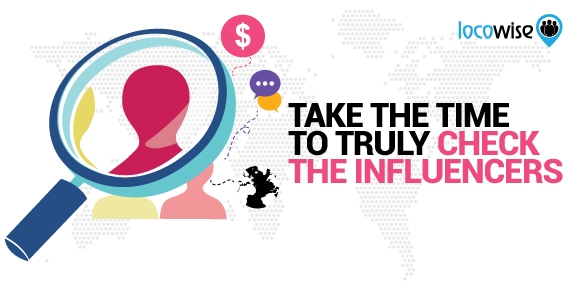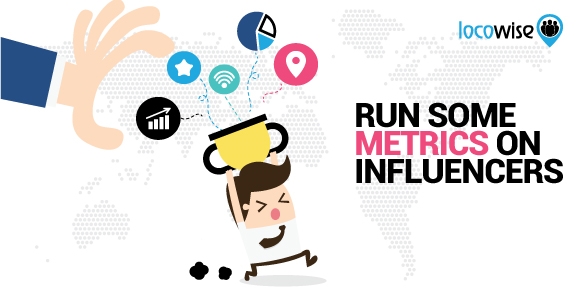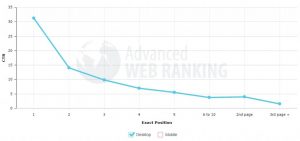— August 31, 2017
Influencers are becoming harder to find. There is a good reason for this. As the phenomenon took off, people realised that influencers could be defined in many different ways. In fact, common sense methods dominated.
Influencers with relatively small follower numbers (compared to, say, Jack Dorsey) became fair game. And a free gift or some other kind of reward was not hard to put together. Brands, all brands, have the potential to tap into the influencer opportunity. The only problem is working out which influencers will actually bring you a return on whatever investment you have put in.
And therein lies a very recent, and concerning, problem. Not only are influencers becoming harder to find, the quality of the influencers is not always straightforward. The ‘pod’ phenomenon is largely to blame for that. Pods are groups of influencers who join forces to boost each other’s levels of following and engagement.

For example, a pod may consist of ten influencers, who are most likely friends, and these friends will boost each other’s posts by adding comments and sharing. The comments that are added come from the combined influence of all those friends.
This problem came about because of Instagram changing its algorithm, and making it harder to gain engagement. Back in June 2016, and in an effort to battle spamming, Instagram released a new algorithm which made timeliness of posts and the relationship between the influencer and the brand the key points in ranking. This naturally slowed organic growth which is why the pods started popping up. There is now a whole community online where Instagram pod members can hook up and share followers.
At first, it may sound like a great idea. People sharing engagement and followers. As long as they are all in the same industry that shouldn’t be a problem. But that’s not always what happens. So the added engagement that comes from members in the pod may be coming directly from audiences that have no interest in what your brand does. The huge engagement boost that pods have provided (with some brands going from 10,000 followers to 100,000 overnight) could well be almost meaningless if one of the pods that your influencer is involved in contains members that will never feel the need to buy what your brand offers.
However, this kind of thing is not necessarily new. If we go back to the earliest days of blogging, it was common practice to gang up with other bloggers to share comment sources. If one blogger has a similar audience than another, it made perfect sense to try and share audiences. That common practice is becoming less than attractive now with the growth of truly social media, and the fact that massive bloggers have been doing this forever. It’s not something that has much of an effect now, especially if you have a new blog.
So what does all this mean for brands?
If you represent a brand as an agency, chances are you have carried out a ton of ‘due diligence’ in forming relationships with influencers that have an appropriate audience and real impact. But if you’re not an agency that has done this or if you’re a brand that is doing it alone, then it may be worthwhile thinking about the whole phenomenon of influence, and how to get the most out of it.
The best influencer relationships going forward are always going to be about long-term relationship building. Get the full story on any influencer you consider interacting with, and indeed any influencer you are currently working with. Follower counts are obviously no longer a cast-iron guarantee of how much weight the influence carries.
It might take a little time (but you know influencers are meant to be worked with over time anyway, right?) but it is well worth doing some quick tests of the followers that your influencer has. Check out their feeds and drop in regularly to ensure there are no obvious bots there.
You can also get a feel for whether or not followers are bought, and there is an easy way to do this. A good look at the followers of any influencer should tell you soon enough if followers seem to be from places that literally do not take up their typical expected audience. Also, if you see followers who do not post regularly, or look to be miles out of the audience you would expect your influencer to have, this should be a warning bell to ask the influencer some questions.

The key aspect of all of this is that brands need to be able to recognise real influencers. The current problem with pods and Instagram has come about for two reasons. The first is that algorithm change. Influencers felt that they would not be able to pass the new stringent tests for content. The second problem is that brands have just not been taking the time to truly check the influencers out. If there are problems with the influencer, you can usually spot them while going through their feeds.
And full disclosure
Getting your influencers to be upfront is perhaps the most crucial piece of advice we could give on this topic. Influencers are being used widely now, and they should be ready to show integrity at the outset of your relationship between brand and influencer.
Ask potential and current influencers to be clear on the pod issue. These guys are essentially mini PR businesses, and those who are able to be honest about how they work are going to be the real players in the end. When putting together a contract for a new influencer, make sure they sign a disclosure as regards their affiliation with or membership of any influencer pods.
Finally, this is a great opportunity to run some metrics on influencers. Check out their stats and, perhaps most importantly, look at the demographics the influencer is bringing up. If there’s any way to check whether or not your Instagram influencer is part of a pod, knowing where their audience is from, what age they are and how much surfing they do is probably one of the best out there.

Digital & Social Articles on Business 2 Community
(112)








